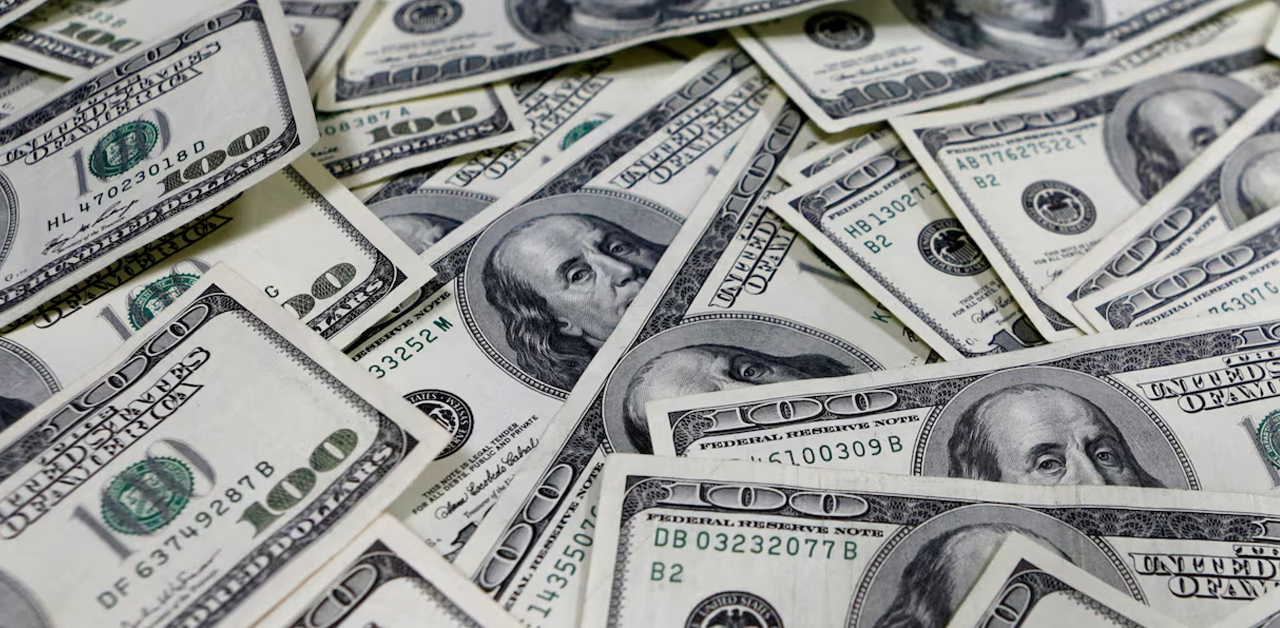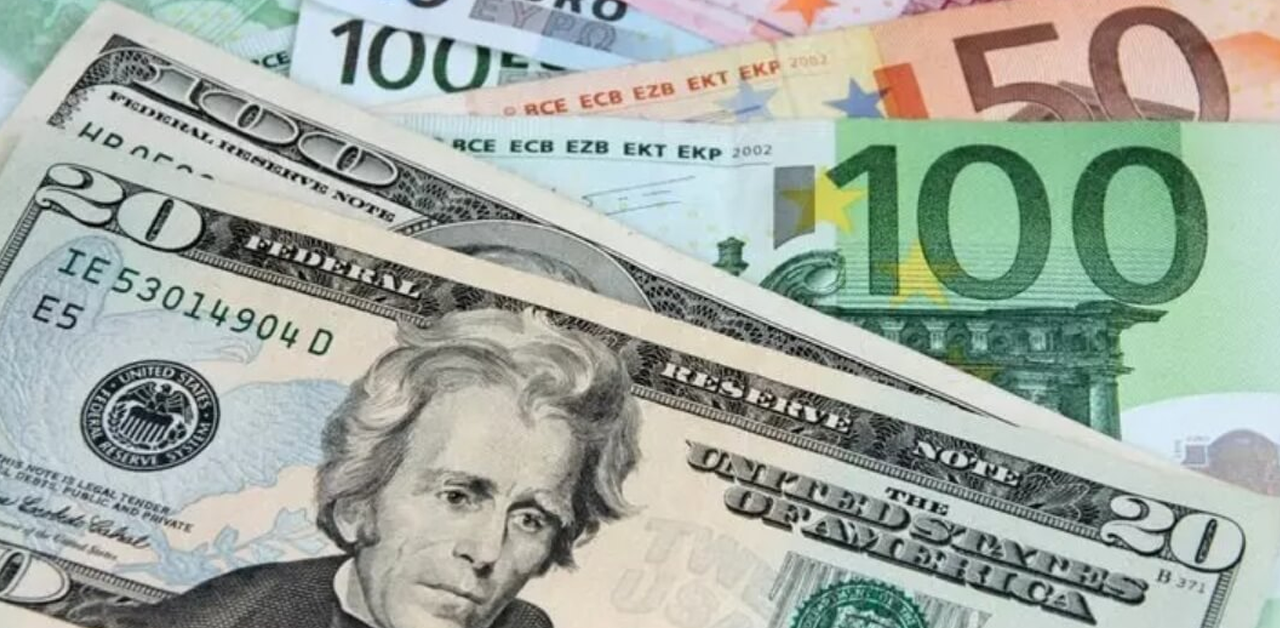Asian Currency Markets Subdued Amid Fears of Rate Hikes and Intervention Speculation
Asian currency markets remained mostly stable on Friday as investors were looking for more indications regarding U.S. interest rate hikes. However, both the Chinese yuan and Japanese yen saw a slight rise due to ongoing speculation about potential government intervention in the currency markets.
On Thursday, Asian currencies experienced significant losses following a stronger-than-expected report on U.S. private payrolls. Meanwhile, the dollar remained steady due to heightened expectations that the Federal Reserve will continue to increase interest rates in the upcoming months. Although the dollar index and dollar index futures each dropped around 0.1% in Asian trading, they were still on track for a marginal weekly gain.
Contrarily, most Asian currencies were predicted to suffer weekly losses with the expectation that the gap between risky and low-risk yields will diminish in the future. The Indian rupee was one of the week’s worst performers, falling by 0.7% after clear signals from the Reserve Bank indicated a pause in its rate hike cycle, reducing the currency’s appeal.
The Chinese yuan and the Japanese yen saw a slight boost on Friday due to continued rumors of possible government intervention to counteract the weakness in their currencies. The yuan also benefitted from a series of strong midpoint fixes by the People’s Bank of China which helped stabilize the currency despite a series of weak economic reports from China. Traders are closely watching Beijing for any additional interventions, particularly as the yuan is currently trading well below the important 7 level.
Although there has been no direct intervention in the Japanese yen, it has withdrawn from the critical 145 level against the dollar amid a range of verbal warnings from Japanese officials against betting against the yen. However, the yen’s outlook seems unfavorable due to the Bank of Japan’s reiterated plans to maintain loose monetary policy.
Overall, Asian currencies showed little movement as markets awaited key U.S. nonfarm payroll data. The Australian dollar increased by 0.2%, and the South Korean won rose by 0.3%, with both currencies expected to end the week unchanged. Following Thursday’s payroll data, market expectations for a Fed rate hike in late July have increased, with futures pricing in a nearly 92% probability of a 25 basis point increase. As most Asian central banks have either paused or ended their rate hike cycles, rising U.S. interest rates are likely to add more pressure to regional currencies in the coming months.











